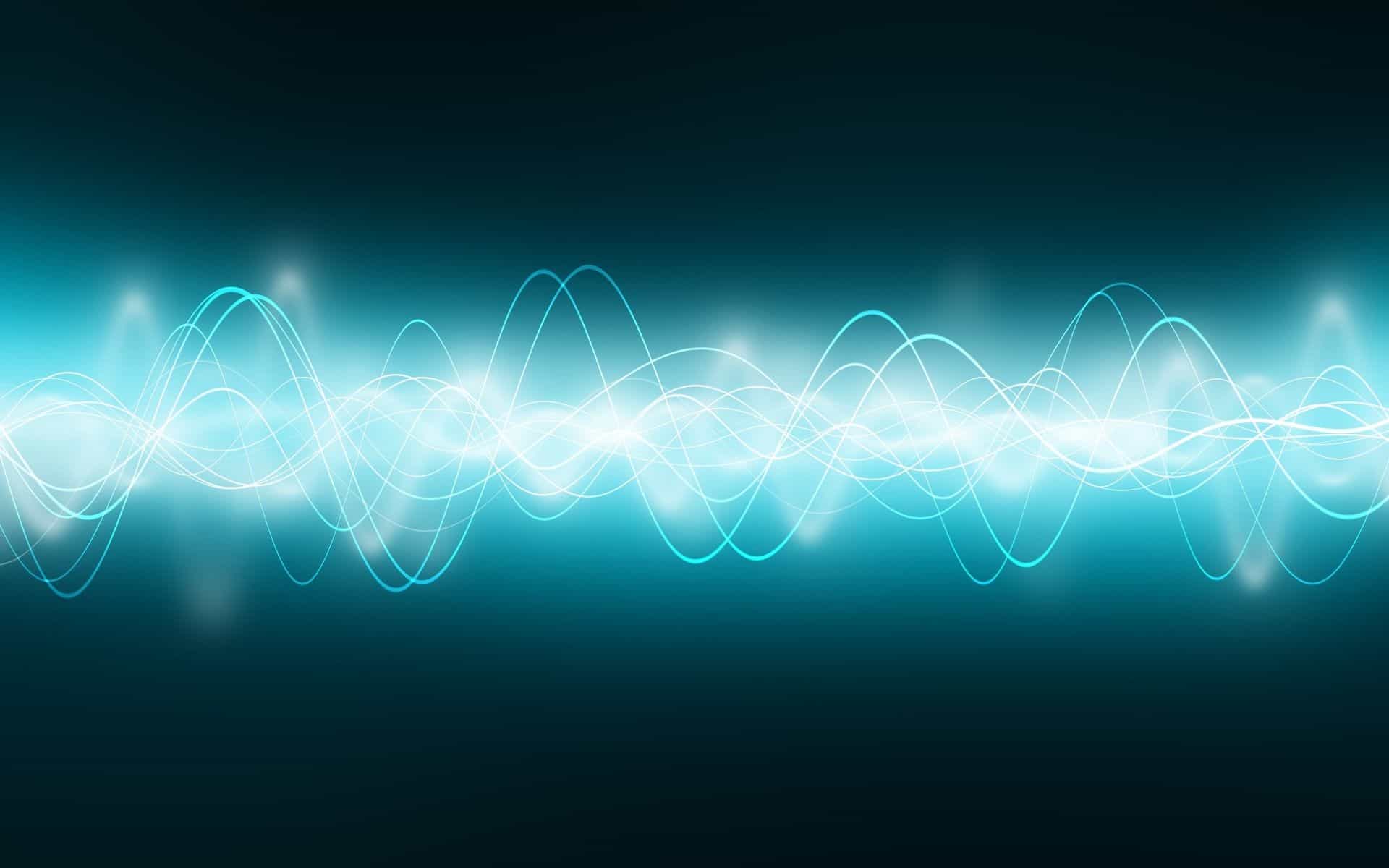One of the things that distinguishes the voiceover world from on-camera or stage acting is that you create a world, a scene, a drama, cartoon, book or a commercial with only audio – and for the voiceover actor – only your voice.
One of the most helpful tools in voiceover I like to refer to as:
THE MOMENT BEFORE.
This is particularly helpful for the audition process as we aren’t seeing any visuals, but your voice is creating the whole look in the mind of the listener with sound. Remember you can have the performance of your life in an acting scene but, if it’s an audition or job for voiceover, we may not feel the same way because we don’t see your face. It needs to come from a believable place using all the backstory you would need to apply to an on-camera scene, but created with your voice.
1. Use the moment before you speak to help create the scene. For example, in a scenario in which a wife is entering the room, she yells off mic, “Hi Honey, I’m home!” Her next line might be said on mic. “How was your day today?” She says this line on mic, and it creates the ambiance as if she entered the room. Remember: Never go off mic unless it’s a conscious choice, otherwise it can sound like you are wandering off mic.
2. To Create ambience, like coming into a room – just tilt your face slightly up off mic, and say line, “Hi honey, I’m home,’ then move a few inches to the right with your mouth on mic to say your line, “How was your day today?” Your feet stay planted the whole time. Your body doesn’t move, nor do you back away. Your face/chin up to the left is cocked to the side and moves back again for the second line. This way we create the audio ambiance of entering a room.
Use the ‘Moment Before‘ before you start talking in your pre-work when reading through the scene. Are you, like in the above example, walking into a room? Did the other actor or person in the scene ask a question? If they did, in your imagination you hear the question, and you answer with your line. Your line can be your first line, or a line within a scene. If you start off asking someone’s question in your head, the first line, especially if written in a bit of an awkward way, such as ‘New and Improved,’ or ‘Try____’ can come out sounding natural and conversational like you are answering a question or giving your take on a product. Basically the line doesn’t sound as if it’s coming from nowhere.
3. The Moment Before can be used for action and circumstance. Did you just stop jogging and are a bit out of breath, or did you just walk into someone’s office? Is there underlying tension or nervousness, and is it a business setting?
4. Exclamations, live sounds: Sounds are sometimes as good as words – a gasp, a gag, a moan, a spit of disgust. Exclamations and verbal expressions can be your moment before. Yawning and stretching before you have that yummy cup of coffee. A ‘wow’ or a giggle, can all help establish a scene, feeling, or attitude quickly that helps establish a ‘Moment Before.’ Now, NO OVER-ACTING! You just want to make it believable and remember that the listener has to hear it. Please know that these exclamations or live reactions do not need to be at the full or even same volume as your first line.
5. In traditional animation, they would often draw to the voice. You are recorded first, then they animate to your words. You can play and help inspire breath and life into a whole character. I always like to give the example – (insert a high little bunny voice here) – “I’m going to… hhhhhhhop like a bunny…” Now they have some movement/animation in my voice to draw.
Remember, even though there are a wide array of genre’s in voiceover and they all have their own nuances, using this ‘Moment Before’ technique, and thinking of what happened before you start talking as a character can be very helpful in creating a scene in the world of audio for the listener.
